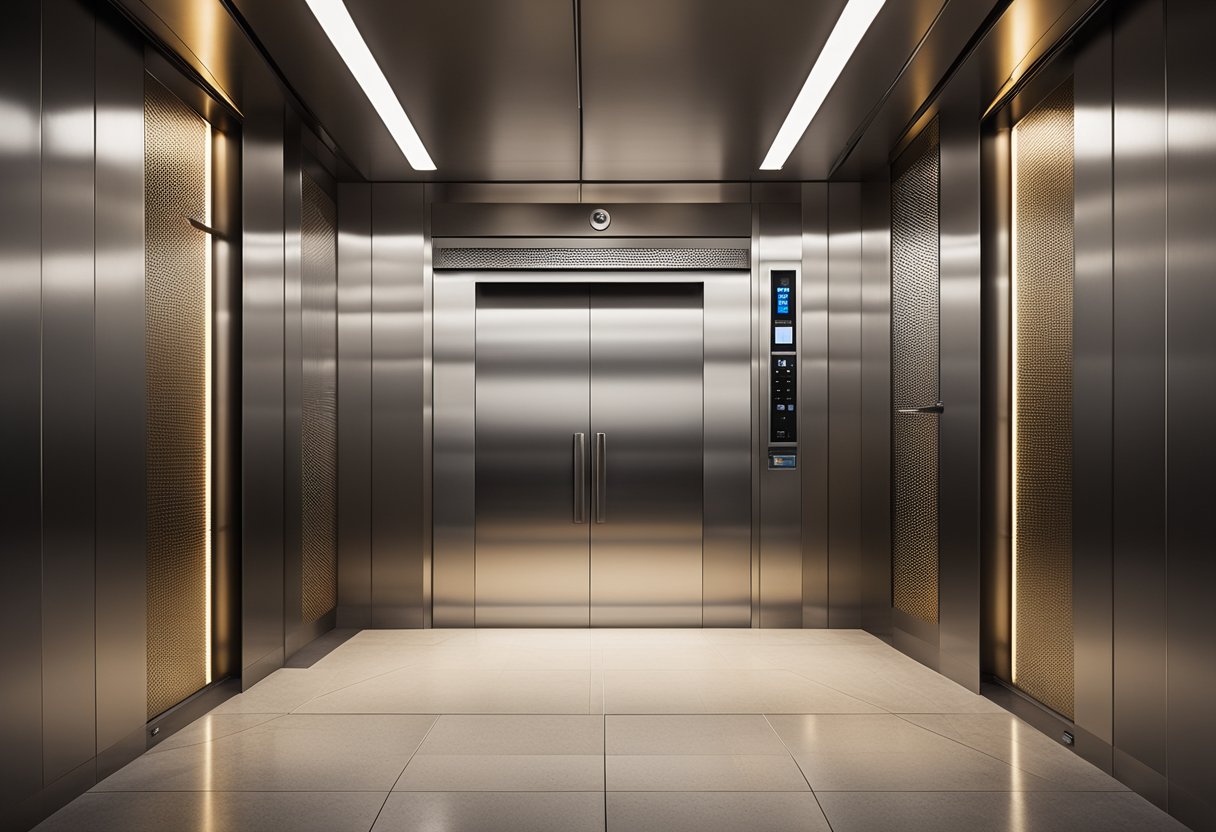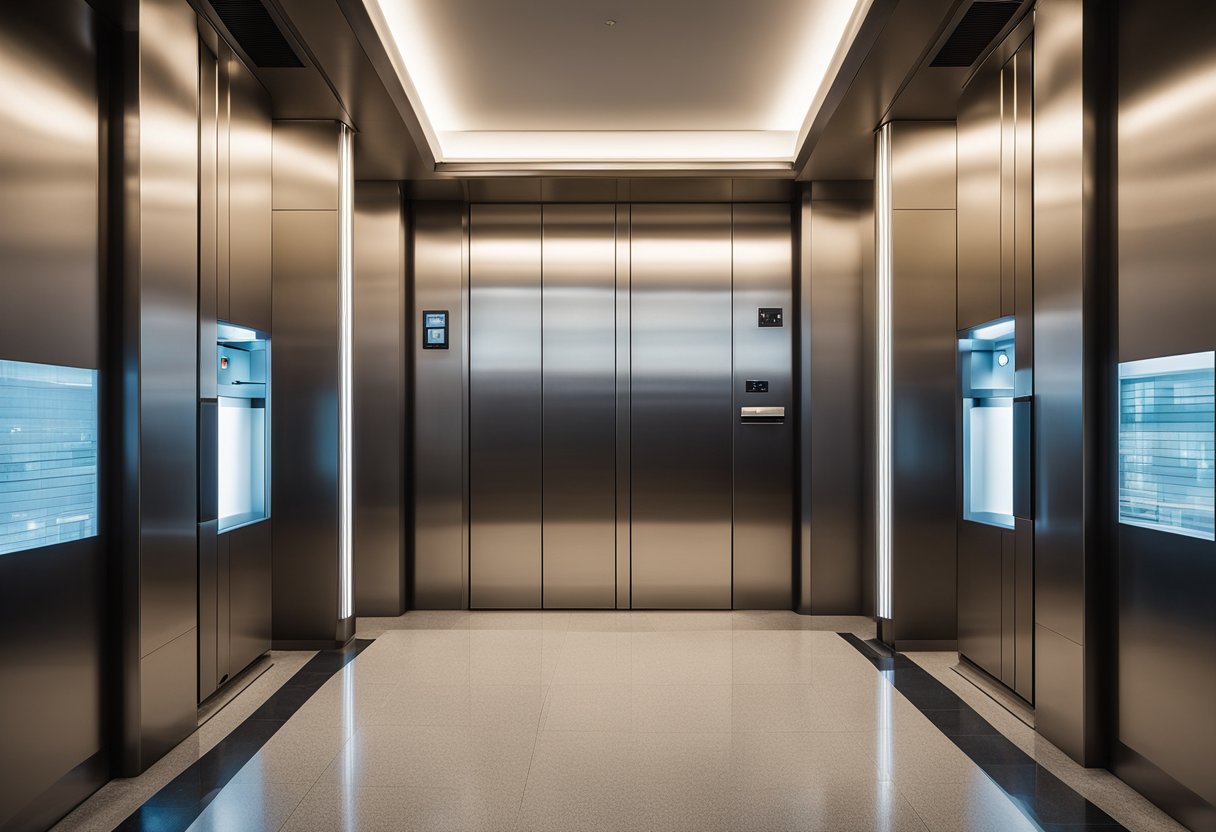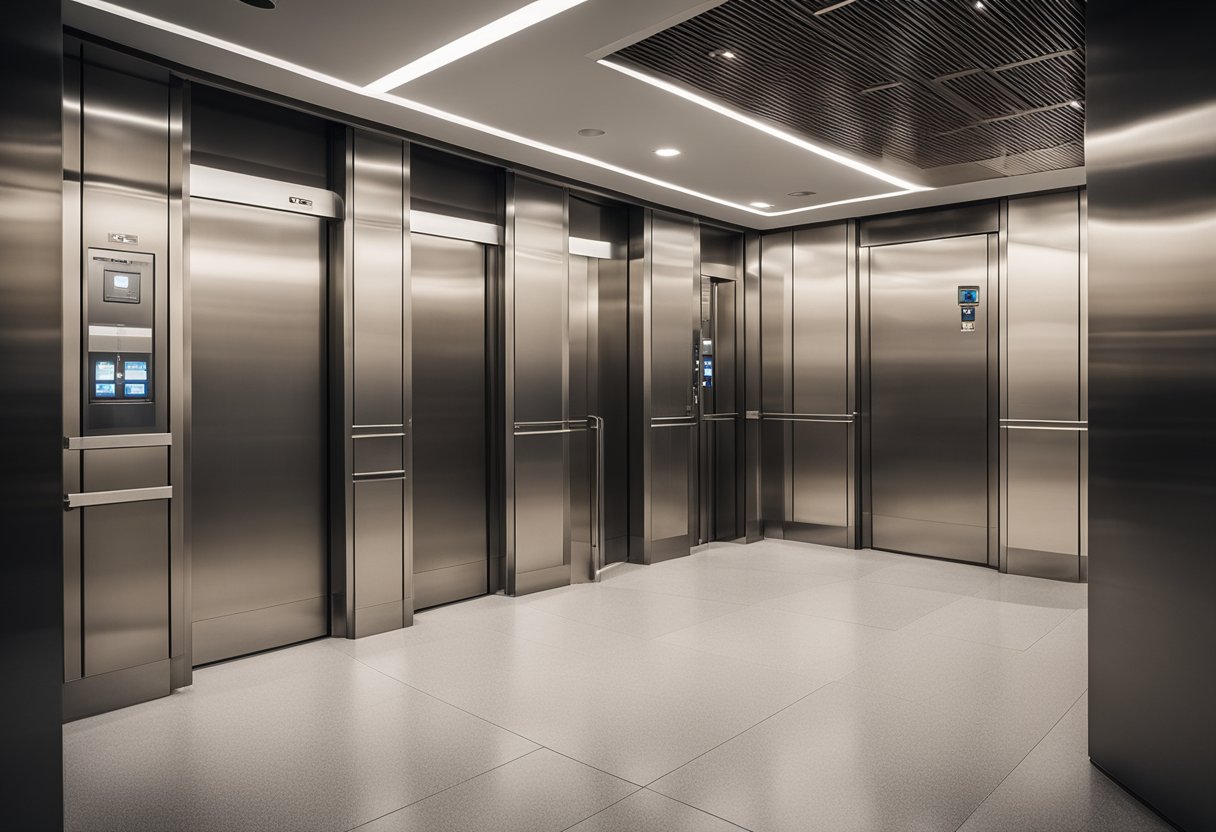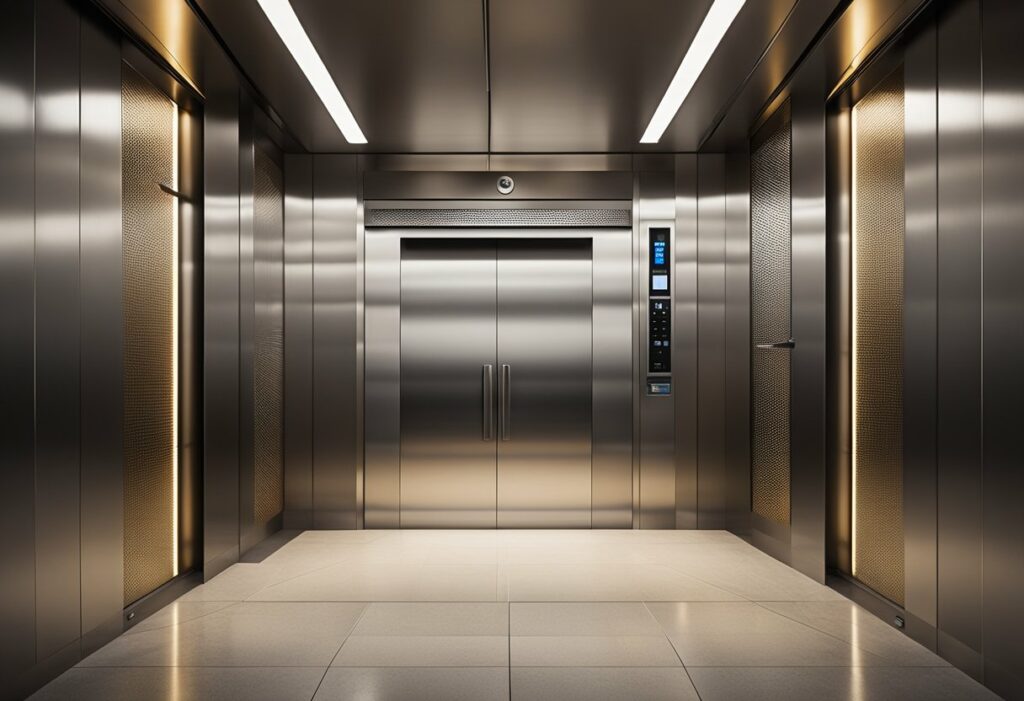Elevator Interior Design: Elevate Your Space with Style
Elevator interior design is an essential aspect of modern building construction, as it plays a significant role in the overall aesthetic appeal of the building. Elevators are not just functional devices but also a means of transport that can be customised to reflect your building’s style and personality. Elevator interior design is a rapidly evolving field that is becoming increasingly popular among architects, builders, and interior designers.

Design Fundamentals and Styles Elevator interior design is all about creating an aesthetically pleasing and functional space that reflects the building’s design style. The design fundamentals and style of the elevator interior should complement the overall architecture, interior design, and brand identity of the building. There are various elevator design styles to choose from, such as contemporary, classic, modern, and minimalist. The elevator interior can be customised with different materials, lighting, and accessories to create a unique and personalised space.
Customisation and Innovation Customisation and innovation are key components of elevator interior design. Elevator interiors can be customised to suit the building’s specific requirements and design preferences. Innovative technologies such as 3D modelling and virtual reality can be used to visualise and test different elevator designs before installation. Elevator interior design is not just about aesthetics but also about functionality, safety, and accessibility. Elevator interiors must comply with building codes and regulations to ensure the safety and comfort of passengers.
Key Takeaways
- Elevator interior design is an essential aspect of modern building construction that reflects the building’s design style and personality.
- Elevator interiors can be customised with different materials, lighting, and accessories to create a unique and personalised space.
- Elevator interior design is not just about aesthetics but also about functionality, safety, and accessibility.
Design Fundamentals and Styles

Elevator design is an essential aspect of building design that requires careful consideration of style, materials, lighting, and colour. Elevator interiors are a reflection of the building’s character and can create a lasting impression on passengers.
Understanding Elevator Design
When it comes to elevator design, there are two fundamental approaches: modern and traditional. Modern elevator design is characterised by sleek lines, minimalist design, and the use of materials such as stainless steel, glass, and aluminium. On the other hand, traditional elevator design features ornate details, intricate patterns, and the use of materials such as wood and marble.
Selecting Materials and Finishes
The choice of materials and finishes plays a crucial role in elevator design. Elevator interiors should be designed to complement the building’s overall style and character. For modern elevator design, materials such as stainless steel and glass are commonly used. These materials create a sleek and minimalist look that is perfect for contemporary buildings. For traditional elevator design, materials such as wood and marble are commonly used. These materials create a sense of luxury and elegance that is perfect for historic buildings.
Lighting and Colour in Elevator Design
Lighting and colour are essential elements of elevator design. The right lighting can create a sense of spaciousness and enhance the overall design of the elevator interior. LED lighting is a popular choice for elevator design as it is energy-efficient and can be customised to suit different moods and styles. Colour is also an important consideration in elevator design. Elevator interiors should be designed to complement the building’s overall colour and material palette. Extensive pattern selection is also available to add a personal touch to the elevator design.
Incorporating natural wellness elements into elevator design is also a growing trend. This can include the use of natural materials such as wood and stone, as well as the incorporation of plants and greenery into the elevator interior. This trend is driven by the increasing focus on wellness and sustainability in building design.
In conclusion, elevator design is an essential aspect of building design that requires careful consideration of style, materials, lighting, and colour. Whether you opt for modern elevator design or traditional elevator design, it is important to choose materials and finishes that complement the building’s overall style and character. Lighting and colour are also essential elements of elevator design that can enhance the overall design of the elevator interior.
Customisation and Innovation

Elevator interior design has come a long way in recent years. With the rise of customisation and innovation, elevators are no longer just a means of transportation, but a creative life experience. Elevator interior design services offer a human insight-driven approach to create a personalised elevator experience that reflects your style and personality.
Personalised Elevator Experiences
Customisation is key when it comes to creating a unique elevator interior experience. Elevator design services offer a versatile colour and material palette to choose from, including stone, metal oxidation, and cold rolled steel. You can also select custom cab wall panel systems, wall panels, handrails, and ceilings to create a lift lobby design that is tailored to your taste.
Technological Advancements in Elevators
Technological advancements have also played a significant role in elevator interior design. KONE DX Class elevators, for example, offer digital-enabled elevator design that allows for 3D modelling and customisation. The KONE Car Designer tool lets you experiment with different elevator car designs, including lobby entrance facings, control panels, and more.
Sustainability and Durability
Sustainability and durability are also important factors to consider when designing elevator interiors. Elevator interior design (EID) should be adaptable to modernisation and offer a long-lasting solution. KONE elevator design services offer an award-winning elevator design that combines sustainability and durability. The KONE DX Class elevators have won the Red Dot Award for their innovative and human insight-driven elevator design.
In conclusion, elevator interior design has evolved to offer a personalised experience that reflects your style and personality. With technological advancements and a human insight-driven approach, elevator design services offer a versatile and durable solution for lift lobby design.
Frequently Asked Questions

What are the latest trends in luxury lift interiors for commercial buildings?
If you are looking to add a touch of luxury to your commercial building, you may want to consider incorporating some of the latest trends in lift interior design. Some of the most popular trends in luxury lift interiors include the use of high-quality materials such as marble, granite, and brass. Additionally, incorporating smart technologies and custom lighting can create a modern and sophisticated look.
How can you maximise space in a compact lift design?
When it comes to compact lift designs, space is at a premium. However, there are several design strategies you can use to maximise the available space. For example, using mirrored walls can create the illusion of a larger space. Additionally, designing the lift cabin with a minimalist aesthetic can help to create a more spacious feel.
What materials offer both durability and elegance for lift cabin interiors?
When it comes to choosing materials for lift cabin interiors, it is important to select options that are both durable and elegant. Some of the most popular materials for lift cabin interiors include stainless steel, glass, and wood. These materials offer durability and elegance, making them a popular choice for lift interior design.
What innovative features can be included in a modern lift interior to enhance user experience?
Modern lift interiors can include a range of innovative features to enhance user experience. For example, incorporating touchscreens or interactive displays can provide users with information and entertainment during their ride. Additionally, incorporating smart technologies such as voice recognition and facial recognition can create a more seamless and personalised experience.
How does one integrate branding into lift interior design?
Integrating branding into lift interior design can be a great way to reinforce your company’s identity and create a memorable experience for users. One way to do this is by incorporating your company’s logo or colours into the design of the lift cabin. Additionally, incorporating branded content such as videos or images can create a more immersive experience.
What lighting designs can be utilised to create an inviting atmosphere in lift interiors?
Lighting can play a key role in creating an inviting atmosphere in lift interiors. Some popular lighting designs include the use of warm, soft lighting to create a relaxing ambiance. Additionally, incorporating custom lighting designs such as LED strips or coloured lighting can create a more dynamic and visually appealing experience for users.



